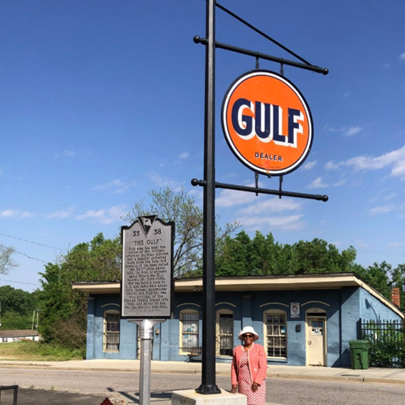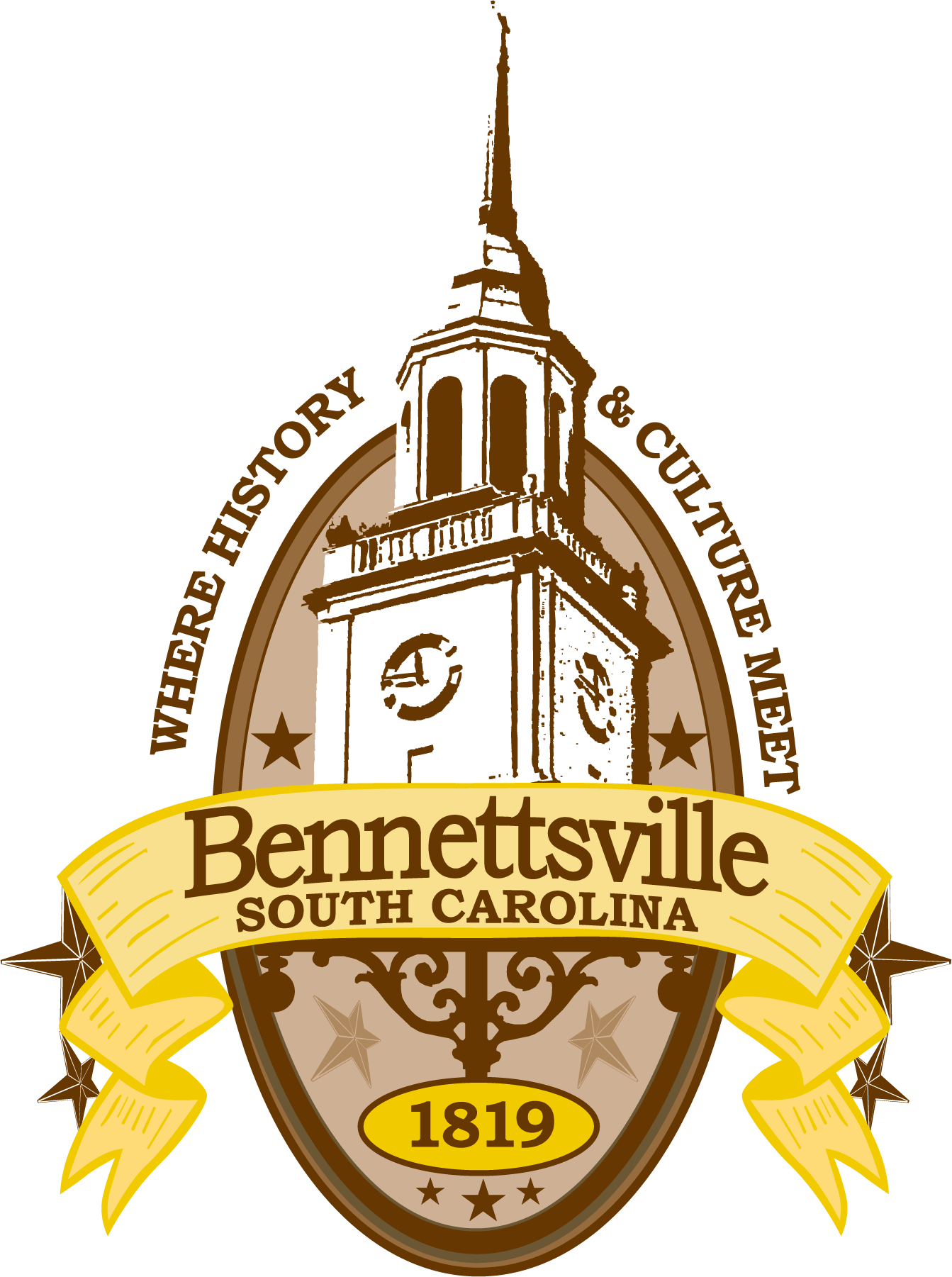"The Gulf" Heritage tells the story of the colored business district, aka "The Gulf", in Bennettsville, South Carolina. For over 100 years, " The Gulf" was a place where African American professionals overcame many challenges and obstacles in a time when there were little-to-no opportunities for people of color. Visionary bankers and financial wizards saw needs and fulfilled them. There were dentists, physicians, pharmacists, educators, ministers, attorneys, farmers, and other business persons who contributed to the prosperity of "The Gulf". Prior to integration, it was a place where African American professionals overcame many challenges and obstacles in a time when there were little-to-no opportunities for people of color. Visionary bankers and financial wizards saw needs and fulfilled them. There were dentists, physicians, pharmacists, educators, ministers, attorneys, farmers, and other business persons who contributed to the prosperity of "The Gulf". Prior to integration, it was also the only place that people of color had to go for entertainment and relaxation. Sometimes there would be 200 to 300 people in the area on the weekends. "The Gulf" was a prime example of how democracy and freedom work and how in just one generation after emancipation, people of color were able to own property and start businesses. This time was a Renaissance period for African Americans in Bennettsville and "The Gulf" let the way!
Have you wondered why there is a vintage Gulf Oil sign at the corner of South Liberty and West Market Streets in downtown Bennettsville?

“The block and a half area surrounding the Gulf sign was home of Bennettsville’s thriving Colored Business District from 1876 to 1976. A Gulf Oil service station was located near the corner around 1930 and quickly became a landmark for folks visiting the city and county’s African American center of commerce, entertainment, and professional services. - Mayor, Dr. Carolyn A. Prince.
Merchants in The Gulf in addition to the service station included restaurants, cafés, drink stands, hotels, a tailor, a general store, two movie theaters, tire and motor repair shops, barber shops, drugstores, a taxi stand, and dry cleaners. Professional offices housed doctors, lawyers, dentists, bankers, and druggists. Educators, ministers, community activist organizations [i.e., CBQ (Chestnut Blackman Quick) Club], and social and religious centers like the Masonic Lodge and Order of the Eastern Star were also located there. St Michael’s Methodist Church (ca. 1922) anchored the corner of West Market and Cheraw Streets.
Among the most notable professionals who helped establish The Gulf was E.J. Sawyer. He was born a slave in 1854 in North Carolina and settled in Bennettsville in 1878 when he was elected principal of the Bennettsville Graded School located in the area that would become known as The Gulf.
Sawyer had a vision for what the community wanted and needed. He built and operated a mercantile store in The Gulf at the northwest corner of the Court House Square which he had in addition to being a farmer, lawyer, postmaster, school principal, newspaper editor, and banker.
Other notable leaders in The Gulf included Jonas Wesley Thomas, my great-grandfather who was quite an entrepreneur. He built a hotel and ran a dry goods store. In 1919 he and Sawyer were two of the founders of Workers Enterprise Bank located in The Gulf as the first African American bank in SC to make loans and receive deposits. Farmer and businessman, C.B. Breeden, and a few other proprietors were the primary investors in the bank. The original bank building still stands in the area today. We are enormously proud to claim stake to that financial institution in our community.”
